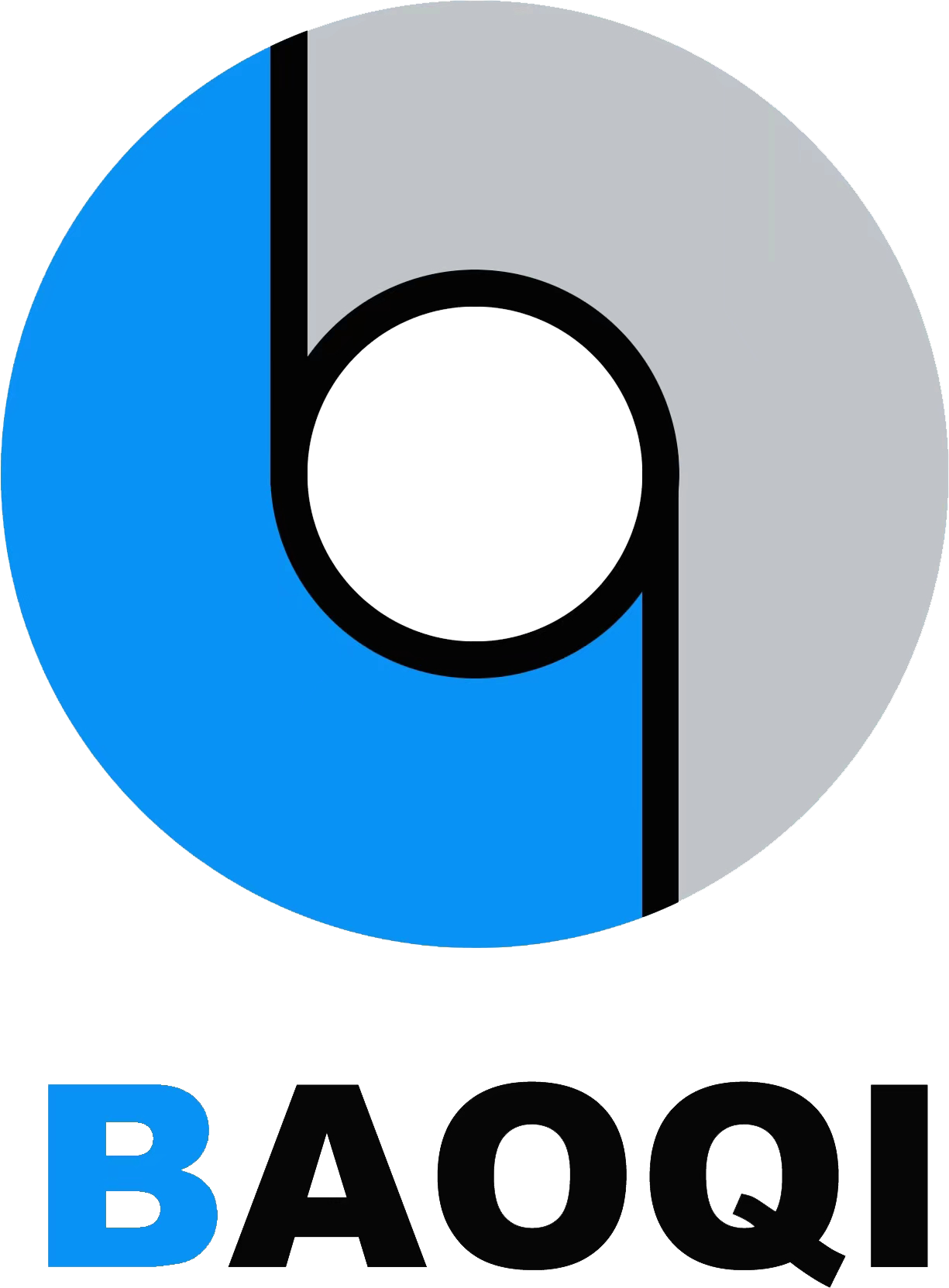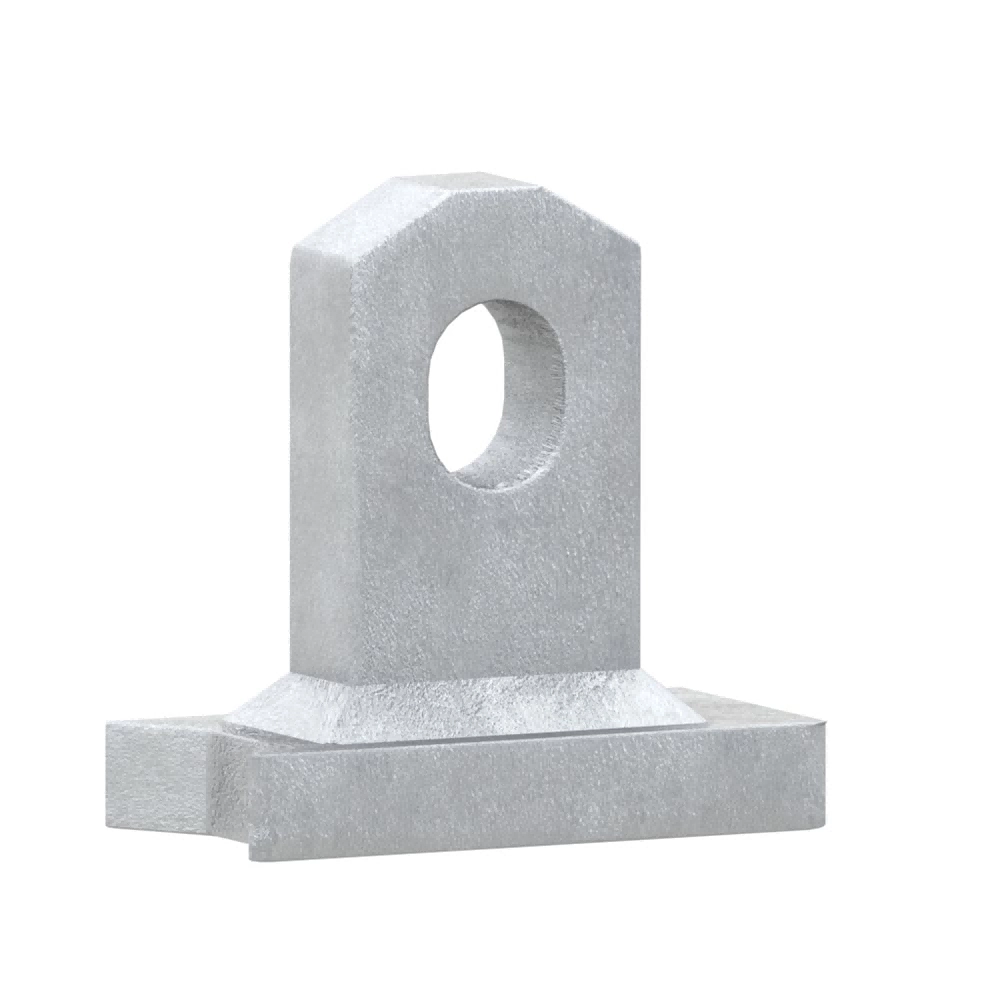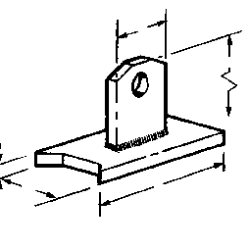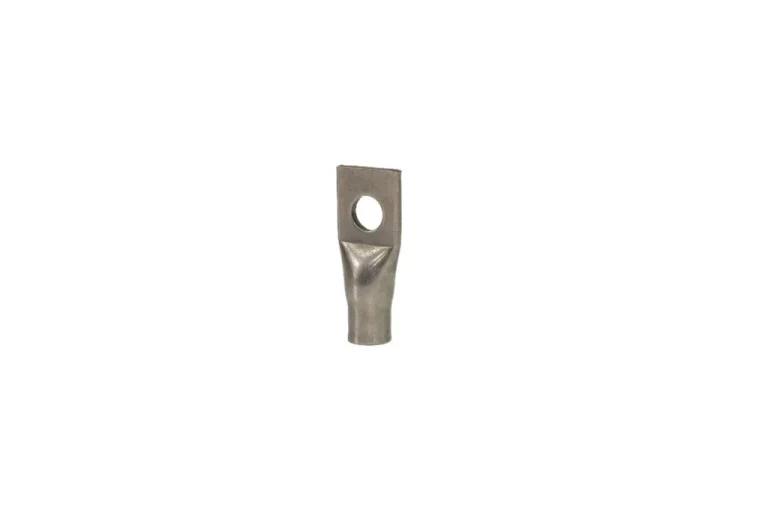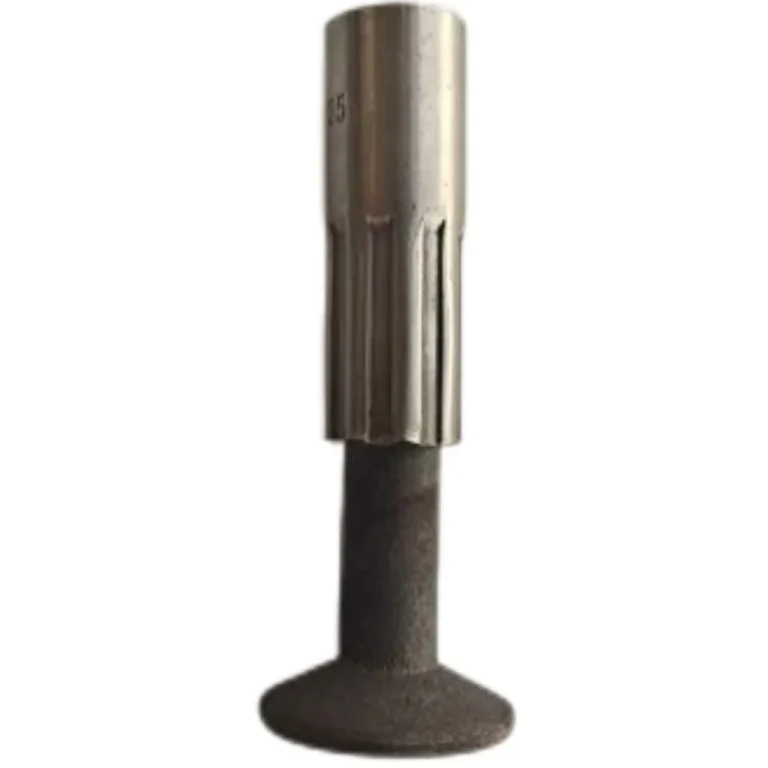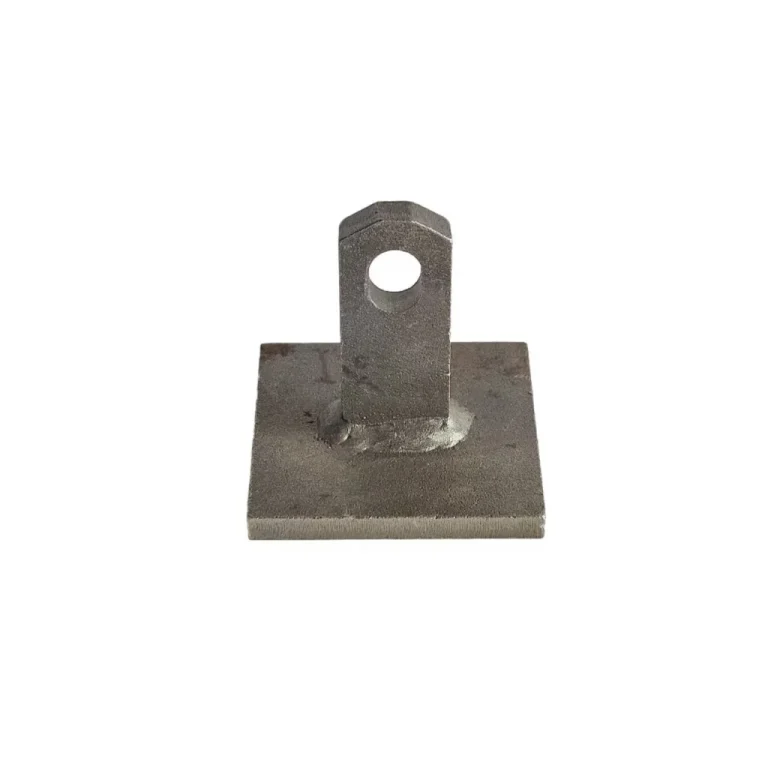Understanding Anchor Plates
What Are Anchor Plates?
Definition and Basic Concept
Anchor plates are essential components in civil engineering that facilitate the secure attachment of structures to various foundations. They serve as the critical interface between the structure and the base, effectively transmitting loads and stabilizing structures under various conditions. By distributing loads and forces across a broader area, anchor plates enhance the overall stability and resilience of buildings, bridges, and retaining walls.
Historical Development and Usage
Throughout history and the progression of construction technological advancements have. Anchor plates have developed continuously Their primary purpose was initially, for reinforcement; however. as engineering challenges became more intricate. So did the designs of anchor plates Today. They serve functions beyond securing structures by also aiding in soil stabilization and improving the overall structural integrity in a range of civil engineering projects.
Materials Used in Fabricating Anchor Plates
Steel: The Preferred Choice
Anchor plates are commonly made using steel as the material due, to its tensile strength and durability that enables it to withstand different types of loads and environmental conditions effectively. Steel anchor plates can be manufactured in grades to meet needs, in various civil engineering projects while ensuring consistent performance and reliability.
Alternative Materials – When and Why They Are Used
Steel is commonly used in applications; however, fiberglass and other composite materials are also utilized in situations. These alternative materials can be beneficial, in environments, to corrosion. When reducing weight is important. It’s crucial to grasp the situations where these materials shine, as they can offer advantages that traditional steel anchor plates may lack.
Applications of Anchor Plates in Civil Engineering
Structural Reinforcement
Use in Tension Structures
Anchor plates are essential, for strengthening tension structures and ensuring their ability to withstand forces while maintaining safety standards intact. These plates are strategically positioned at points where forces are anticipated to exert pressure thereby aiding in preserving the soundness of features such as towers and bridges when under tension. The pivotal role played by anchor plates, in scenarios greatly influences the functioning of the structure.
Role in Load Distribution
Anchor plates serve another purpose, in distributing loads and reducing the chances of localized failure by spreading the load over a wider area effectively. This plays a role in maintaining stability and support, in structures that experience varying loads.
Foundation Stability
Application in Building Foundations
Anchor plates play a role, in the construction of foundations by guaranteeing the long-term stability and security of structures. Incorporating them into the foundation design helps to withstand uplifting forces and sideways pressures while improving the building’s ability to withstand challenges. The use of anchor plates in foundation design is a practice, in civil engineering methodologies.
Importance in Bridge Construction
In building bridges and structures, like theirs—anchor plates play a role in upholding the stability of the system by securing the bridge deck and withstanding sideways forces caused by wind and traffic flow effectively. They serve as a component, in ensuring the durability and functionality of bridges over time as they face pressures and environmental factors.
Retaining Walls and Soil Stabilization
Enhancing Stability of Retaining Walls
Anchor brackets are a choice, for reinforcing retaining walls to improve their stability and withstand soil pressure effectively. They are strategically placed to offset soil forces and avoid wall collapses and ground shifts. The precise positioning of anchor plates plays a role in ensuring the performance of retaining walls, across different civil engineering endeavors.
Methods to Prevent Soil Erosion Using Plate Anchors
Plate anchors are an approach, to combat soil erosion as they aid in stabilizing the soil through retention and supporting plant growth that secures the soil in a position effectively. Smartly incorporating anchor plates into erosion prevention systems enables engineers to reduce the likelihood of soil erosion, in areas to it.
Installation Techniques for Anchor Plates
Pre-installation Preparations
Survey and Site Analysis
Prior to installing anchor plates for construction purposes or other applications requiring anchoring mechanisms in place securely and effectively at a chosen site location it is crucial to conduct a survey and analysis of the site’s soil composition considering load-bearing specifications as well as environmental considerations. This initial phase is vital, for determining the type and arrangement of anchor plates required for optimal performance during installation.
Selection of Appropriate Plate Anchors
Choosing the plate anchors is crucial depending on the particular use case scenario and soil conditions as well, as the load specifications involved in the project at hand. Various styles and materials should be taken into account to guarantee they align with the overarching objectives of the endeavor. Thorough evaluation at this phase sets the groundwork, for an installation of anchor plates.
Step-by-Step Installation Process
Excavation and Placement
The installation starts with digging to make room, for placing the anchor plates required for the project. The anchor plates are then carefully positioned according to engineering specifications to ensure the proper placement is achieved and maintain the integrity and load-bearing capacity as intended.
Securing with Fasteners and Bolts
After placing them in position securing the anchor plates, with fasteners and bolts is essential. This stage requires checking that all connections are firm and stable to reduce the chances of shifting during loads. It is vital to follow installation methods to guarantee the anchor plates perform as intended in civil engineering projects.
Challenges and Considerations in Using Anchor Plates
Environmental Factors
Impact of Corrosion and Moisture on Plate Anchors
Environmental elements, like rust and dampness, have an influence, on how long anchor plates last and their ability to perform effectively over time picking materials that can handle these issues is crucial based on the environment of the site where they’ll be used engineers need to take into account these aspects when planning and choosing materials to guarantee their longevity.
Mitigation Strategies for Longevity
To minimize the effects of environmental conditions one can put in place a range of measures, for protection and upkeep such as coatings and materials resistant to corrosion as well as routine maintenance which play a crucial role in preserving the durability of anchor plates over an extended period by taking a proactive stance, towards maintenance one can significantly prolong the lifespan of these crucial components.
Load Bearing Capacity
Assessment of Load Limits
To safely use anchor plates, it’s crucial to determine their load capacities by evaluating the anticipated loads they’ll face for their intended functions and assessing their strength with the help of empirical evidence.
Ensuring Safety Standards
Safety standards must be rigorously maintained when using anchor plates to prevent disasters caused by failures, in civil engineering projects.
Innovations and Advancements
Technological Progress in Manufacturing Plate Anchors
Innovations, in manufacturing methods, have resulted in anchor plate designs and materials thanks, to the use of high-strength alloys and precise engineering techniques, which have boosted the efficiency and safety of these parts significantly.
Incorporating Smart Sensors for Structural Health Monitoring
Integrating sensors, into anchor plates represents progress, in monitoring the structural well-being of buildings and infrastructure systems. These sensors offer information on the status and functionality of anchor plates which enables upkeep and timely actions when needed. This technological breakthrough highlights the changing dynamics of civil engineering practices.
Introduction to BAOQI Anchor Plate Products
Overview of BAOQI’s Expertise in Civil Engineering Solutions
BAOQI is known for its dedication to providing notch civil engineering solutions with a focus, on anchor plate products. They have a grasp of engineering fundamentals. Bring extensive industry knowledge to the table. BAOQI offers cutting-edge products tailored to meet the requirements of engineering ventures.
Range of BAOQI Anchor Plates: Features and Specifications
BAOQI anchor plates come in a variety of options, with features and details designed for use. They are built to last. Withstand heavy loads and harsh environments making them ideal, for a wide range of civil engineering ventures. Engineers can trust in BAOQI’s dedication to excellence which guarantees the dependability and efficiency of their anchor plates.
